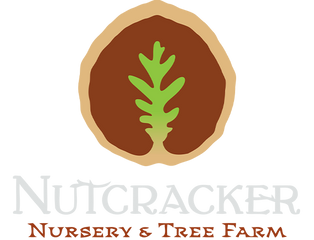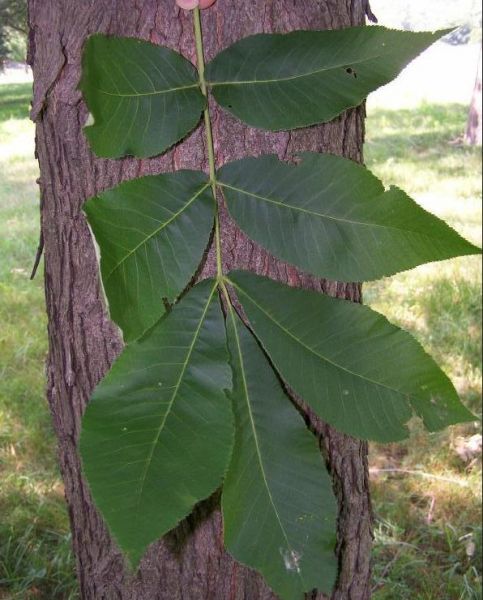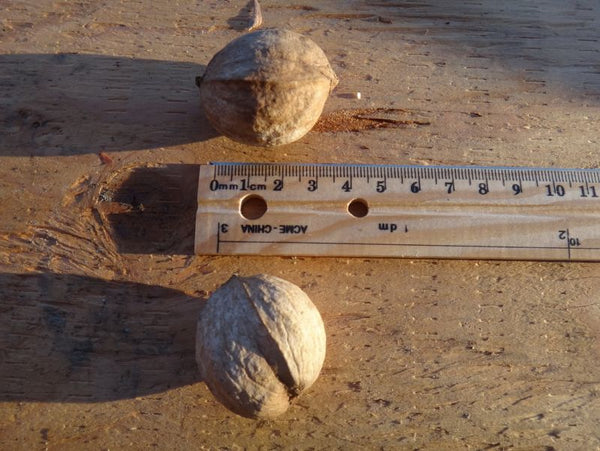Shellbark hickory, Carya laciniosa
Shipping calculated at checkout
50 in stock
Need more? Contact us
The shellbark hickory or big shagbark hickory is sometimes called Kingnut Hickory, as it is sometimes called as another hickory specie that is native to the mildest regions of Ontario and widespread in eastern USA. Attesting to some of its characteristics. It is a slow-growing, long-lived tree, hard to transplant because of its long taproot. reaching an height of 60 to 80 feet and spreading to 40 to 60 feet.Shellbark hickory grows best on deep, fertile, moist soils, most typical of the order Alfisols. It does not thrive in heavy clay soils, but grows well on heavy loams or silt loams.
Shellbark hickory requires moister situations than do pignut, mockernut, or shagbark hickories (Carya glabra, C. alba, or C. ovata), although it is sometimes found on dry, sandy soils. Specific nutrient requirements are not known, but generally the hickories grow best on neutral or slightly alkaline soils.The nuts, largest of all hickory nuts, are sweet and edible but have a thick shell. The wood is hard, heavy, strong, and very flexible, making it a favored wood for tool handles. It has a nut that ranges from shagbark size to a large egg size. Its kernel can match the Persian walnut in size. The shell is generally thicker than a shagbark, requiring a good nutcracker or vise to break through it to get at the nut meat inside. Shellbark hickory nuts have internal shell ridges like the shagbark that make kernel removal difficult. In other respects, the shellbark is similar to the shagbark. Generally, the shellbark hickory needs the long hot summers found further south to ripen the nuts. Minimum for canadian zone 4b.
Please consult its technical sheet to know its hardiness and characteristics.
Hardiness Zones
Specific port
Growth speed
Flowering period
Number of years for production
16 à 20 ans



